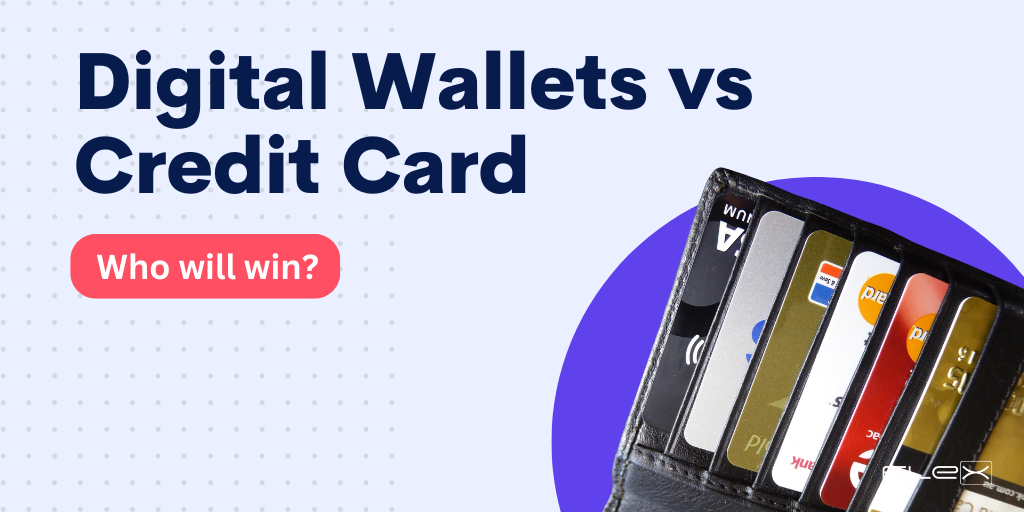The Results are In: Are Plastic Cards Still Relevant?
With recent advancements in technology, some are wondering if this is the end of physical cards. As a financial institution motivated to increase revenue, remain competitive, and serve your members to the best of your ability, there are many things to consider.
In this post, we'll outline the payment trends, what these trends might mean for your credit union, and the pros and cons of physical cards for your credit union.

What Do the Numbers Say?
A recent Forbes study revealed a significant shift in payment methods, with over half of users now favoring digital wallets over traditional payment methods. This trend highlights a transformative change in consumer behavior, primarily driven by the convenience digital wallets offer.
Gen Z leads the charge in adopting alternative payment methods, showcasing a strong preference for digital solutions over physical cards, according to EY.
What Does This Mean for Your Credit Union?
As digital payment methods gain popularity, the usage of physical cards is on the decline. This shift has several implications for your credit union:
- Adaptation and Innovation: To stay competitive, your credit union must adapt by integrating digital wallet capabilities and other alternative payment solutions.
- Member Engagement: Understanding member preferences can help tailor services that meet their evolving needs, ensuring higher satisfaction and loyalty.
- Security and Trust: As members transition to digital payments, maintaining robust security measures and building trust in new technologies will be crucial.
Embracing these changes and preparing for the future of payments can position your credit union as a forward-thinking, member-centric institution.
Pros and Cons of Offering Physical Cards for Your Credit Union
As credit unions look to optimize their card offerings, understanding the advantages and disadvantages of both physical and virtual cards is essential. Here’s a detailed comparison to help decision-makers choose the best options for their members.
Pros
- Wide Acceptance: Physical cards are universally accepted at most merchants, ATMs, and points of sale, making them highly versatile for members.
- Consumer Familiarity: Many members are accustomed to using physical cards, which can enhance their comfort and confidence in financial transactions.
- Backup Payment Method: Physical cards serve as a reliable backup when digital payment methods fail due to technical issues or battery problems.
- Contactless Payments: Many physical cards now support contactless payments, combining the ease of digital payments with the tangibility of a physical card.
Cons
- Production and Distribution Costs: Issuing physical cards involves costs related to production, personalization, and shipping, which can be significant for credit unions.
- Lost or Stolen Cards: Physical cards can be lost or stolen, potentially leading to inconvenience and security risks for members.
- Limited Immediate Access: Members must wait for the card to be produced and mailed, delaying immediate access to their accounts.
Get Ready for the Future with FLEX
Both physical and virtual cards offer unique advantages and challenges. Credit unions should consider the diverse needs of their members when deciding which card options to offer.
Recommendation
- Hybrid Approach: Offering both physical and virtual cards can provide the best of both worlds, catering to members' varied preferences and needs. This approach ensures flexibility, security, and broad acceptance while enhancing the overall member experience.
- Education and Support: Credit unions should provide clear guidance and support to help members understand the benefits and usage of both types of cards. This can help maximize the value of each option and ensure a smooth transition for members who may be new to virtual cards.
By thoughtfully balancing the pros and cons, your credit union can deliver a comprehensive card offering that meets the evolving demands of its membership base. Click the button below to learn more.



